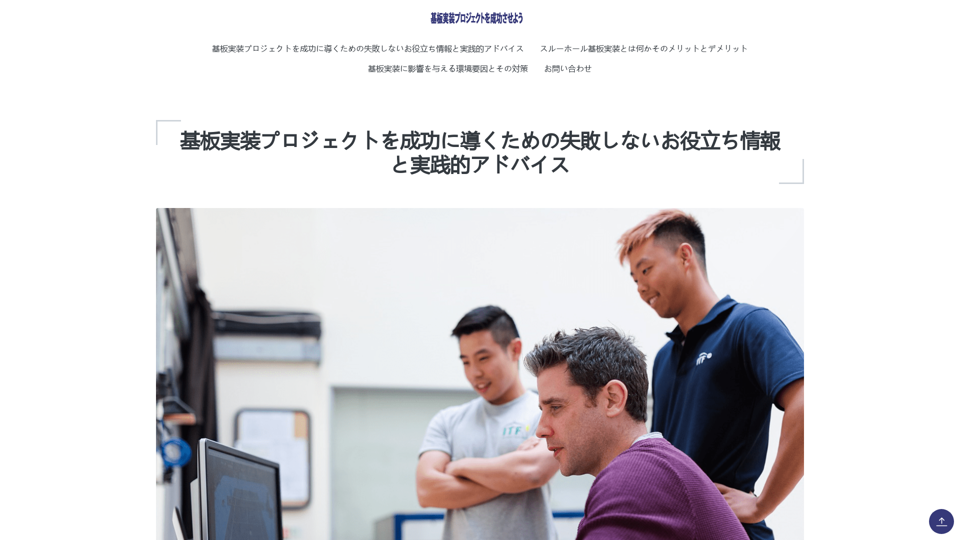What is PCB Assembly?
PCB assembly is the process of attaching electronic components to a printed circuit board (PCB) to create a functional electronic device. It involves several steps, including component selection, PCB design, component mounting, soldering, and testing.
Features of PCB Assembly
PCB assembly offers several benefits, including:
- High-quality and reliable electronic devices
- Fast and efficient production process
- Cost-effective compared to other manufacturing methods
- Ability to create complex electronic devices with multiple components
How to Use PCB Assembly
To use PCB assembly, you need to follow these steps:
- Design your PCB layout using specialized software
- Select the required electronic components
- Mount the components onto the PCB
- Solder the components using a soldering iron and solder
- Test the assembled PCB to ensure it functions correctly
Price of PCB Assembly
The cost of PCB assembly varies depending on the complexity of the design, the number of components, and the production volume. On average, the cost of PCB assembly can range from $50 to $500 or more per unit.
Helpful Tips for PCB Assembly
Here are some helpful tips for PCB assembly:
- Use high-quality components to ensure reliability and performance
- Follow proper soldering techniques to avoid damage to the components or PCB
- Use a soldering iron with a temperature control to prevent overheating
- Test the assembled PCB thoroughly to ensure it functions correctly
- Consider using automated PCB assembly machines for high-volume production
Frequently Asked Questions about PCB Assembly
Here are some frequently asked questions about PCB assembly:
- What is the difference between PCB assembly and PCB manufacturing?
- How do I choose the right components for my PCB assembly?
- What are the common mistakes to avoid in PCB assembly?
- How do I troubleshoot issues with my assembled PCB?
- What are the benefits of using automated PCB assembly machines?
